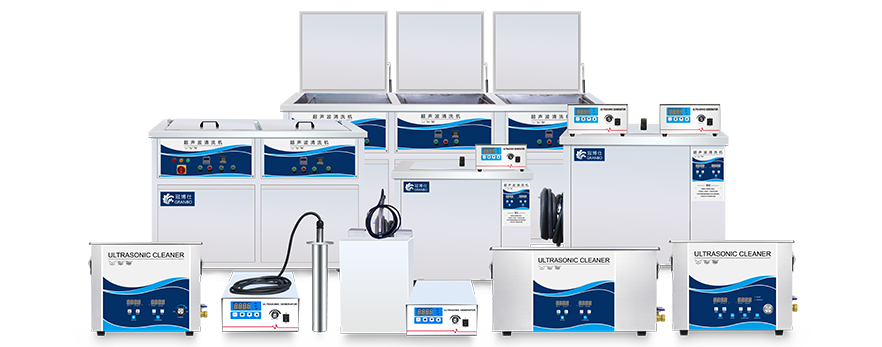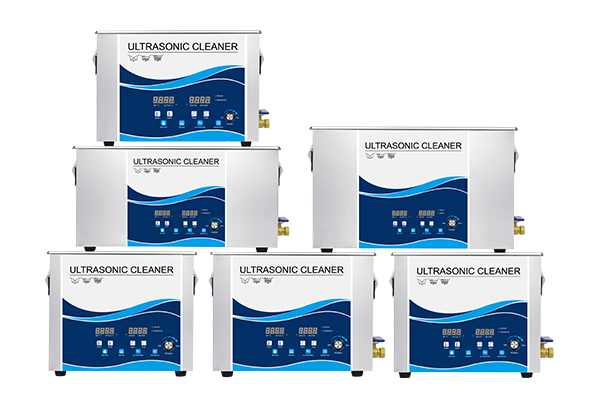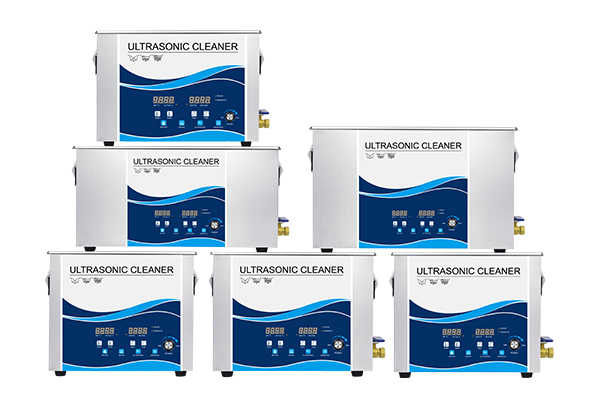The homogenizer is one of the commonly used equipment in the laboratory. Its function is to mix the sample to be tested with the solution or solvent well to achieve the standard solution required for the experiment.
There are three types of homogenizers commonly used in laboratories.
1、Tap homogenizer
The tapping homogenizer is to achieve homogenization by continuously tapping the sample in the homogenization bag. The sample must be placed in the homogenization bag at the time of use.
Advantages: high throughput, no cross-contamination, simple operation.
Disadvantages: not suitable for harder samples, high cost of consumables and equipment.
2、Probe spinning blade homogenizer
Probe rotating blade homogenizers use a rotating blade to break and homogenize samples, similar to a home wall breaker. There are traditional manual and fully automatic models in the market. This article focuses on the advantages and disadvantages of fully automatic models.
Advantages: Good homogenization. It has a wide range of applications and can be used for homogenization of almost all samples. Easy to use.
Disadvantages: Not suitable for homogenization of bacteria, yeast and fungi. It is easy to cause cross-contamination when homogenizing different samples (the automatic homogenizer has the function of automatic cleaning of the knife head, and the experiment proves that no cross-contamination will occur).
3、Ultrasonic crushing and homogenizing machine (ultrasonic crusher)
Ultrasonic crusher is the use of ultrasonic cavitation in the liquid to achieve the purpose of cell crushing. Ultrasonic crusher is more suitable for crushing cells, bacteria, viruses, etc. It also has the functions of homogenization, emulsification, mixing, degassing, disintegration and dispersion, leaching and extraction, and accelerated reaction.
Advantages: easy to use, by changing different probes, it can handle different number of samples; good emulsification and homogenization effect, suitable for single sample operation.
Disadvantages: cannot handle multiple samples at the same time, different samples need to change or clean the probes, increasing the chance of cross-contamination between samples; fast temperature rise, not friendly to biological samples.




